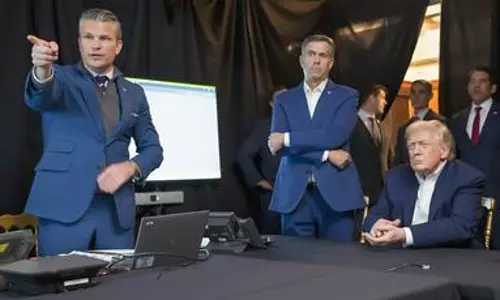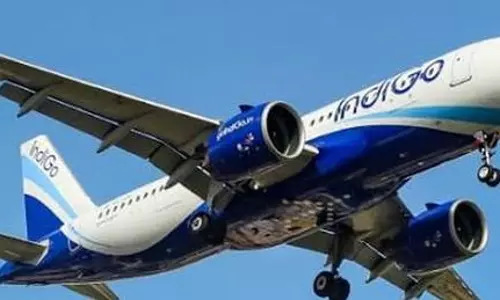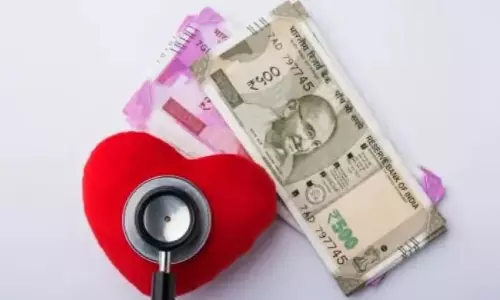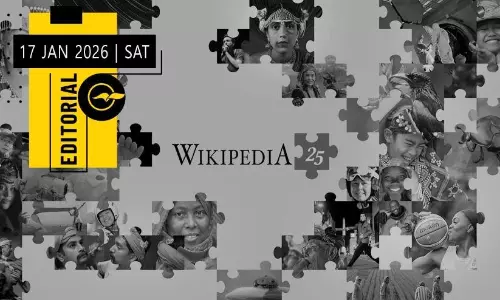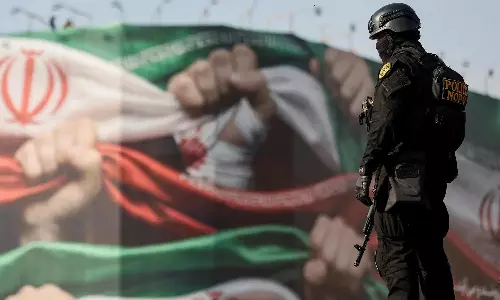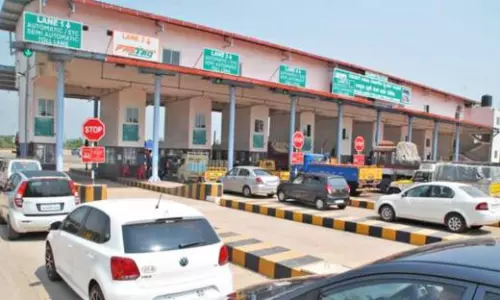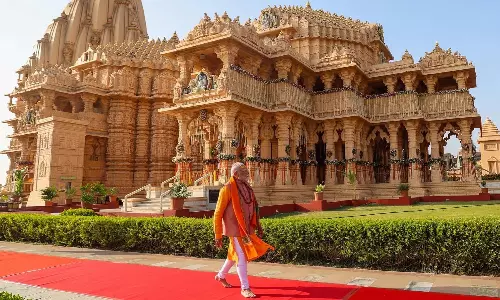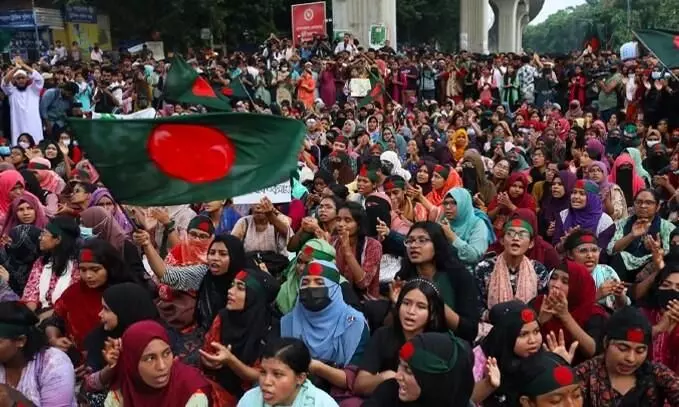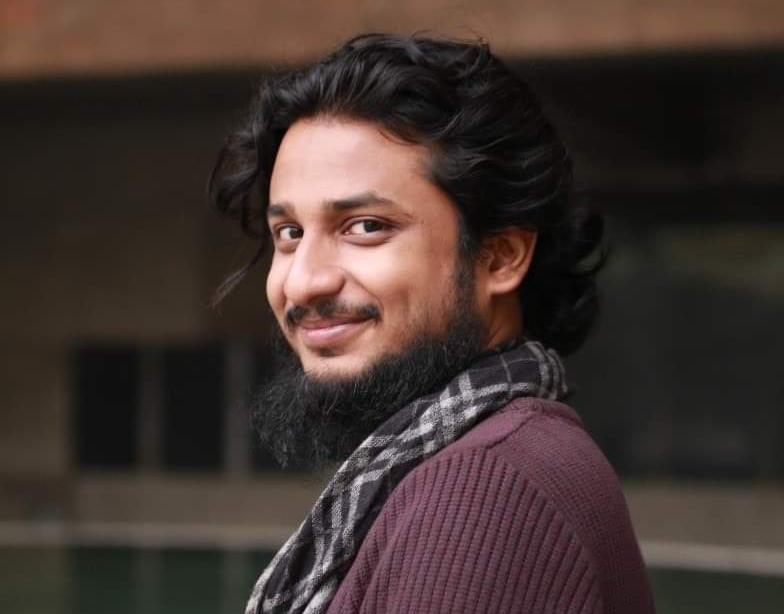
36 days of an epic July
text_fieldsThis year in Bangladesh, July came with thirty-six days! Because the students vowed that the month of July cannot and will not end until and unless the price paid in the blood of their comrades results in triumph until the regime that ordered the killings is brought down once and for all.
These thirty-six days of July were unlike any other in history, especially from July 16 onwards. Those who were on the streets from July 16 witnessed a different Bangladesh. Even on social media, a unique image of Bangladesh emerged again and again.
What was that bloody July like? Was it just blood and tears?
No! July will be a memory of people standing up against a dictator en masse, of solidarity, and of love. One rap after another shook YouTube and Facebook.
Over thirty raps emerged during this time, including "Kotha Ko," "Awaj Uthao," and "Deshta Karo Baper Na." Interestingly, until the thirty-sixth of July, no one commented on these raps saying that rap is haram. And when madrasa students or teachers recited the Dua Yunus and encouraged people to join the movement, no one mocked them either.
In this movement, just as cartoonists inspired others by drawing cartoons, madrasa students used their calligraphy skills to write slogans on the streets. On the ‘thirty-fifth’ of July, when Dwijendralal Roy's "Dhan Dhanye Pushpe Bhara" was sung at the Shahid Minar, people dressed in jubbas and caps were seen shedding tears of emotion! I regret not witnessing this with my own eyes. I was in Bogura at the time. Again, when the imams performed prayers, they were surrounded by people of different beliefs and paths. Men and women fought for the movement with all their hearts. Public and private universities took turns in taking responsibility. Which university should be mentioned first—Dhaka University, Jahangirnagar University, BRAC University, Khulna University, North South, East West, or Shahjalal University of Science and Technology?
Anyone who was part of the movement would agree that there is no way to count who brought food or water to the protestors. Nor can one measure who saved whom by standing as a shield. During the movement, I thought, this is Bangladesh free from discrimination. This is the Bangladesh we have longed for since our birth. No one is imposing their opinions on others. And within this spontaneity, there is a surprising discipline!
No one told the graffiti artists to stop painting. Memes were shared in abundance. Generation Z showed their full potential. This is not just any generation; they are the ones who participated in the Safe Roads Movement in 2018, some took part in the Seven Colleges movement or the anti-sexual harassment movement. They stood up against the murder of Nusrat or took part in the anti-VAT and tax movement.
The maturity of the protestors was something to behold. Many of the slogans from the Safe Roads Movement resurfaced in this movement. The "University Teachers Network" joined the movement and artists took to the streets. When university students called everyone to join the movement, people from all walks of life came together, regardless of religion, caste, or class. Rickshaw pullers, workers, intellectuals, bankers, clerks—everyone took to the streets. Some people were forced to remain silent. I believe that most people, barring a few privileged collaborators, gave their blessings and prayers. Even many within the ruling Awami League and Chhatra League remained silent if not overtly supporting the movement.
Political parties tried to lend their support. They stood by the protestors in various ways and even faced attacks and lawsuits. Despite all this, they did not abandon the students, nor did they remain silent. The students, in turn, gave them their tacit support, sometimes even expressing overt approval. Anyone with awareness understood these subtleties. As a result, this movement truly became a people's uprising. The thirty-six days of July became an unparalleled example of unity and harmony.
With the fall of the fascist Awami League, the initial victory of the movement was achieved, but there were also attempts to break this harmony. The fascist efforts to impose a monopoly on the history of the Liberation War by the Awami League were evident among various privileged groups. The movement's driving force of "unity and harmony" scared those who tried to tarnish this achievement. In response, the country's students and the patriotic people involved in the movement showed a different kind of protest.
Madrasa students kept watch throughout the night to prevent communal attacks. To fill the void left by the collapsing police and administrative structures, students have taken over traffic management, ensuring security for people, and using paintbrushes to colour a new dawn after sweeping away the old dirt. There are still attempts to erase these achievements by staging isolated incidents, as part of a vile process to dishearten the people. Amidst all this, the interim government took their oath. People are watching. Fulfilling the aspirations of so many people—there is immense pressure to deliver a new Bangladesh! It’s a huge challenge for Bangladesh. A challenge that stands before all of us. And one of the biggest challenges is to protect our rights while ensuring accountability for everyone.




